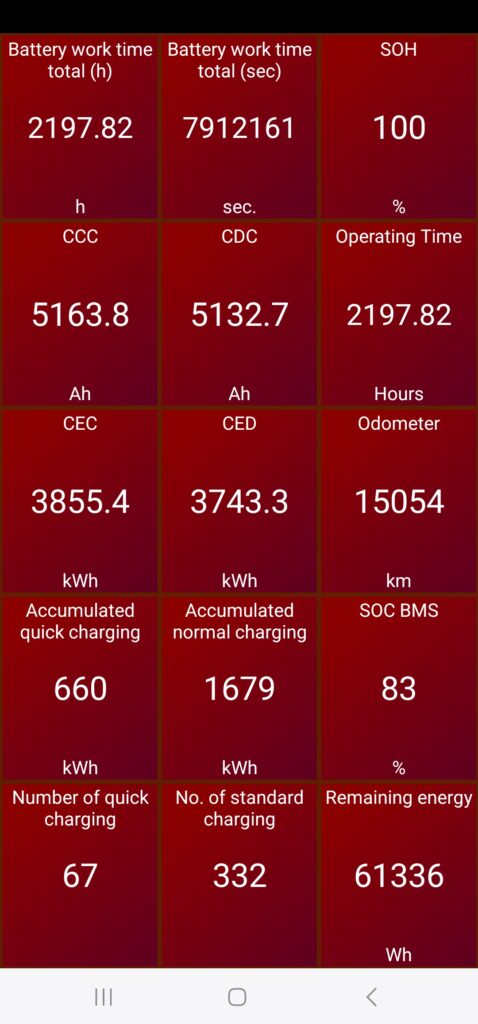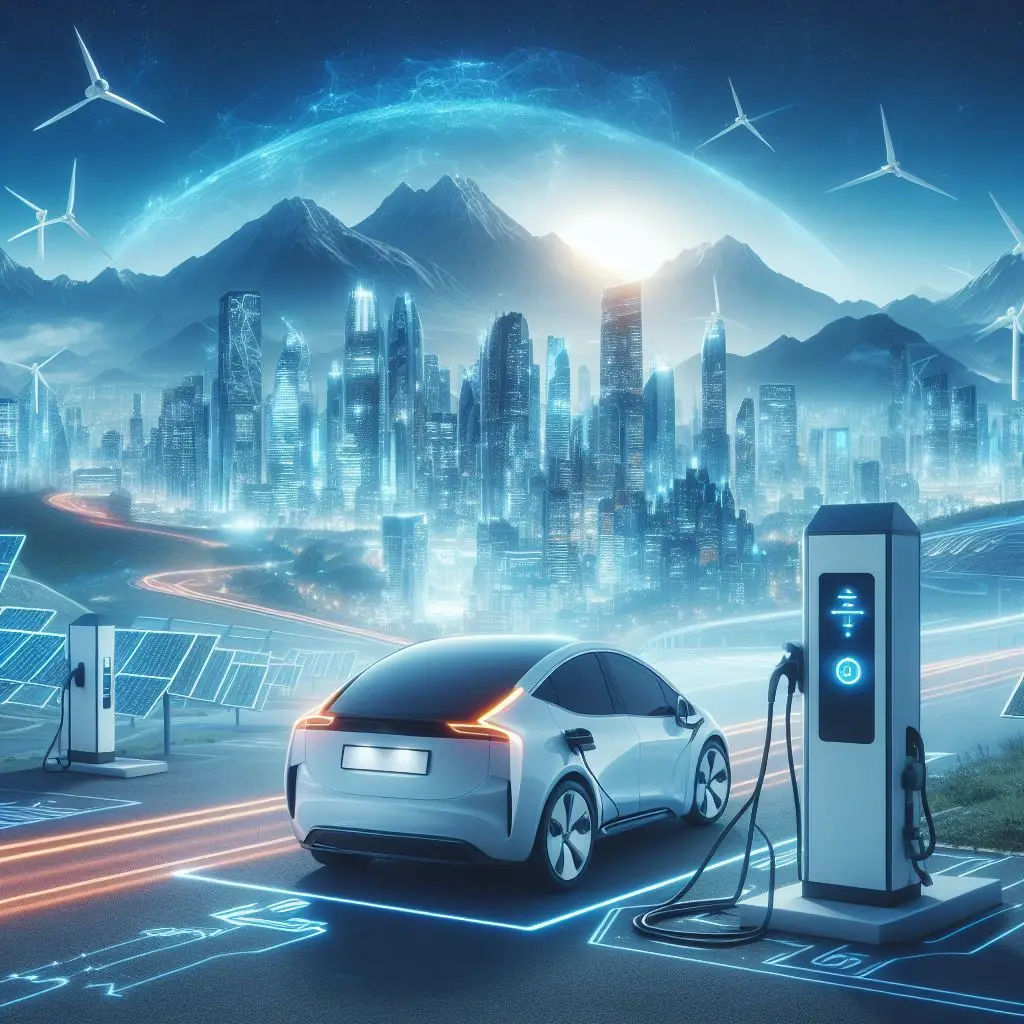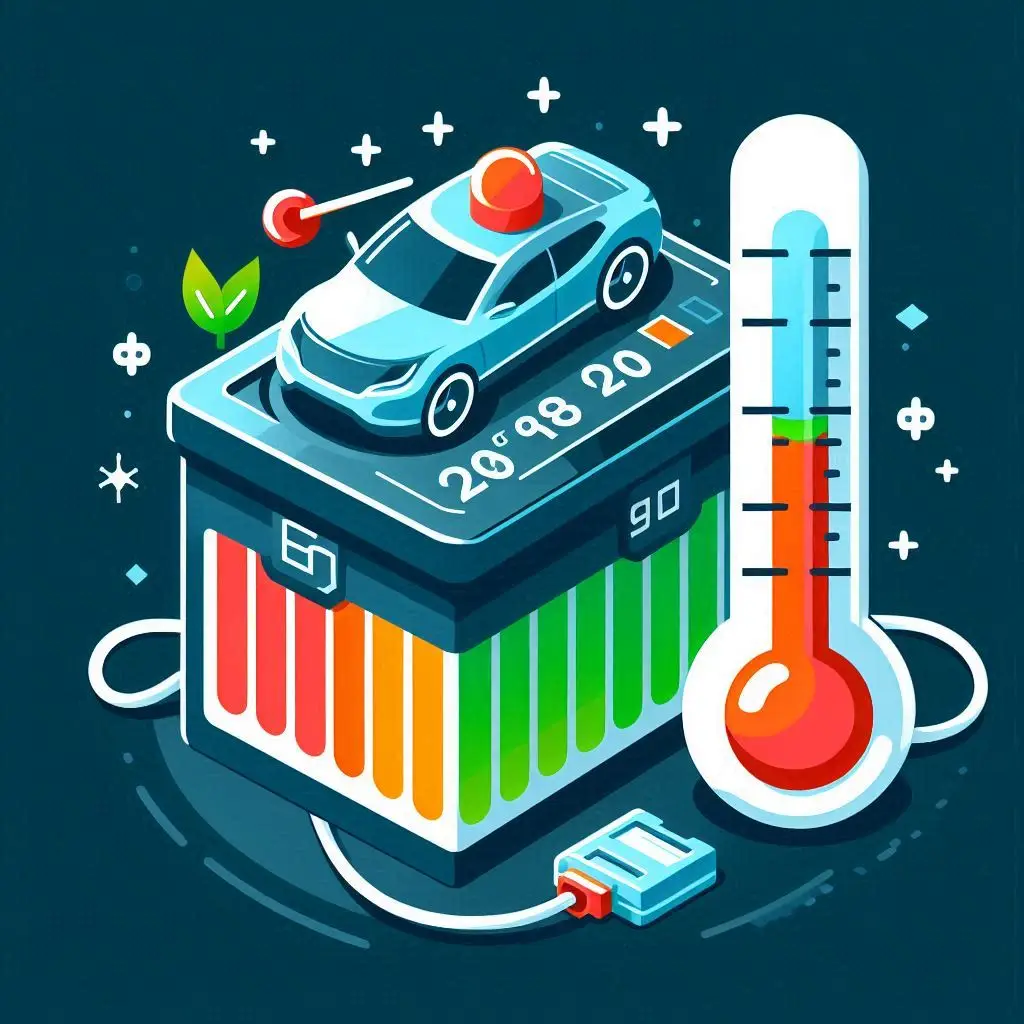Battery Degradation: A Non-Issue at 15,000 km
EV Battery health and degradation is a concern for any EV owner, but for my particular Kia EV6, it’s a non-issue so far. After 15,000 km, which includes several road trips accounting for over 6,000 km, the battery shows 0% degradation. Considering the vehicle has undergone 67 fast charges for a total of 660 kWh and 332 standard charges for another 1679 kWh, I’m understandably very happy with the battery state of health sitting at 100%.Driving Style and Battery Health
Driving style can significantly impact EV battery health. For my EV6, the driving has been balanced, with approximately half on surface roads and half on highways. My daily commute is a 120km round trip, 3 to 4 times a week from the Northern Beaches of Sydney to Western Sydney. Around 1/3 of this is in the back streets, and the other 2/3 is on the motorways. This mix of driving conditions may be beneficial, as it avoids the constant high-speed drain or repetitive short bursts of energy that can strain the battery. I’ve also used my car on a couple of occasions to power up the house. We had solar installed about 2 months after I took delivery of the car. In hindsight, it might have been better to get the solar done earlier, but on the positive side I did have the car to keep the fridges cold, power up the internet and our computers, and be able to use the microwave, coffee machine, etc. while my wife and I worked from home during the install. The first power outage was for most of the day while the solar install was done. We needed a complete switchboard upgrade as well, to remove the old asbestos board. The second power outage a week later was a bit shorter, when Ausgrid swapped our old meter over for a smart meter. Our solar install included a 7kW dedicated charger in our carport.

Charging Habits
Charging habits reportedly play a crucial role in EV battery health and longevity. All my research points to this being true. My EV6 has had a mix of fast and standard charging. While fast charging is convenient, it’s believed to contribute to quicker battery degradation. My battery’s state after 15,000km suggests that with proper management, the impact of fast charging can be mitigated. For the first two months I relied almost exclusively on DC fast chargers. I did use the granny charger, but found it wasn’t sufficient for the distances I needed to do each day. With two teenage daughters needing transport to dance classes and competitions, we do a lot of running around besides my work commute. Once the solar went in, we’ve relied on excess solar during the warmer sunnier months. This charges the car at anything between 1.5kW and 7kW depending on the sun and our household power needs. This was supplemented by cheap grid power when we couldn’t get solar for whatever reason. Lack of sun, high household use, or having the car away from home during daylight hours all contributed to this. As winter approached the balance shifted to more off-peak grid power.Service and Maintenance
At the 15,000 km mark, the EV6 is about to have its second service check, having had the 3,000km complimentary check done a couple of months after delivery. It’s also been in for the Kia recall for the ICCU, which turned out to be just a software upgrade with no other issues detected. Regular maintenance for EVs, including the EV6, typically involves inspections rather than replacements. This includes checking the battery’s state of health, ensuring the cooling systems are functioning correctly, and updating software if necessary.The Road Ahead
Looking forward, I expect to maintain my battery health fairly effectively. Studies suggest that a well-maintained EV battery can last between 450,000 – 650,000 km (roughly 300,000 – 400,000 miles) over 1,500 full charge cycles. Given that many of my charges are only 20 to 25%, that’s a total of more than 6,000 individual charges. With my current track record, it’s poised to meet or exceed these expectations.My Charging “Rules”
- Frequent small charges are better than fewer longer charges
- Rarely charge to 100%, only before a long trip.
- Keeping between 50% and 80% is great, between 60% and 80% is better.
- Always aim to arrive with at least 40% in the battery, as it will be better for the battery, and give you a buffer if something goes wrong.
- It’s OK to break these rules, but do so sparingly. Enjoy your vehicle.
Conclusion
My EV6 experience shows that with balanced driving habits and a mix of charging methods, battery degradation can be kept at bay, at least to 15,000 km. I’m fairly confident my EV battery health will carry on into the future, although some degradation is inevitable at some point. It stands as a testament to the durability and reliability of modern EV batteries, and the EV6’s performance thus far is a positive indicator for current and prospective EV owners alike.
In summary, my Kia EV6’s battery health after 15,000 km is excellent, with no signs of degradation. This bodes well for the long-term viability of EVs as sustainable and reliable transportation options.
Stay tuned and I’ll report back at 30,000km to see if the EV battery health results are maintained.


